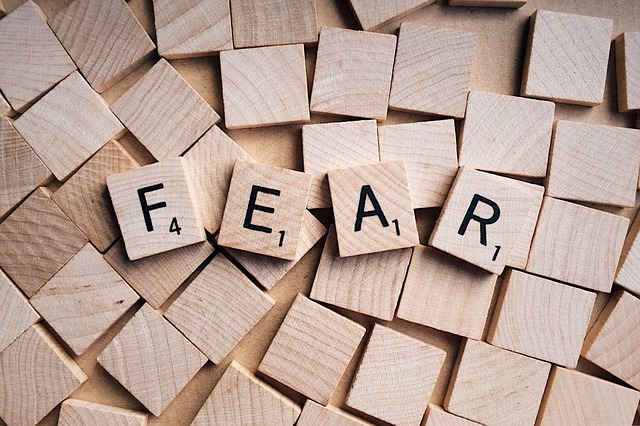It’s so easy to become agitated in this fast-paced and demanding world. The environment we live in with its constant changes – economic, social, financial, climate, legal, electronic and political – demand incessant adaption. We can become so easily agitated by our daily experiences – our expectations not being met, having an unproductive day, managing ever-increasing costs and bureaucracy, being caught in endless traffic, managing a teenager who is pushing the boundaries in the search for self-identity and independence. Any one of these, a combination of them or other sources of agitation, can lead us to feel overwhelmed and “stressed out of our minds”.
Mindfulness meditation can help bring calm and clarity to our daily existence and reduce the level of stress we experience when things do not seem to go our way or frustrate our best intentions. There are an endless range of meditations that can help here – ranging from gratitude meditations to open awareness. The Search Inside Yourself Leadership Institute (SIYLI) provides one such meditation designed to restore calm at a time when we are really agitated.
Overcoming agitation through a calming meditation
Rich Fernandez, CEO of SIYLI, provides a meditation podcast designed to focus attention and restore equilibrium and equanimity. The meditation employs what Rich calls “focused attention” – where the focus is on your breathing.
The 9-minute, focused attention meditation employs several steps:
- Making yourself comfortable in your chair, being conscious of your posture (releasing any tightness reflected in slouching)
- Notice your body’s sensations precipitated by your interaction with your external environment – the pressure of your body against the chair and your feet touching the ground.
- Bring your attention to your breathing, what Rich describes as the “circle of breathing” – the in-breath, pause and out-breath.
- Notice if your mind wanders from the focus on your breath and bring your attention back to your breath (the meditation develops the art of focused attention by training yourself to return to your focus).
- Treat yourself with loving kindness if you become distracted frequently – (scientific research informs us that we are normally distracted 50% of the time).
- Close the meditation with three deep breaths – this time controlling your breath (whereas in the earlier steps, you are just noticing your breathing, not attempting to control the process).
The focused attention meditation can be done anywhere, at any time. If you are really agitated before you start, you can extend the meditation, repeat it (at the time or sometime later) or supplement it with another form of meditation such as a body scan. Once again it is regular practice that develops the art of focused attention – maintaining your meditation practice is critical to restoring your equilibrium and equanimity. Without the calming effects of such a meditation, you can end up aggravating your situation by doing or saying something inappropriate.
As we grow in mindfulness through focused attention meditation, we can develop the capacity to calm ourselves when we become agitated. Regular practice of this meditation will enable us to restore our equilibrium and equanimity.
____________________________________________
Image source: courtesy of Skitterphoto on Pixabay
By Ron Passfield – Copyright (Creative Commons license, Attribution–Non Commercial–No Derivatives)
Disclosure: If you purchase a product through this site, I may earn a commission which will help to pay for the site, the associated Meetup group and the resources to support the blog.









